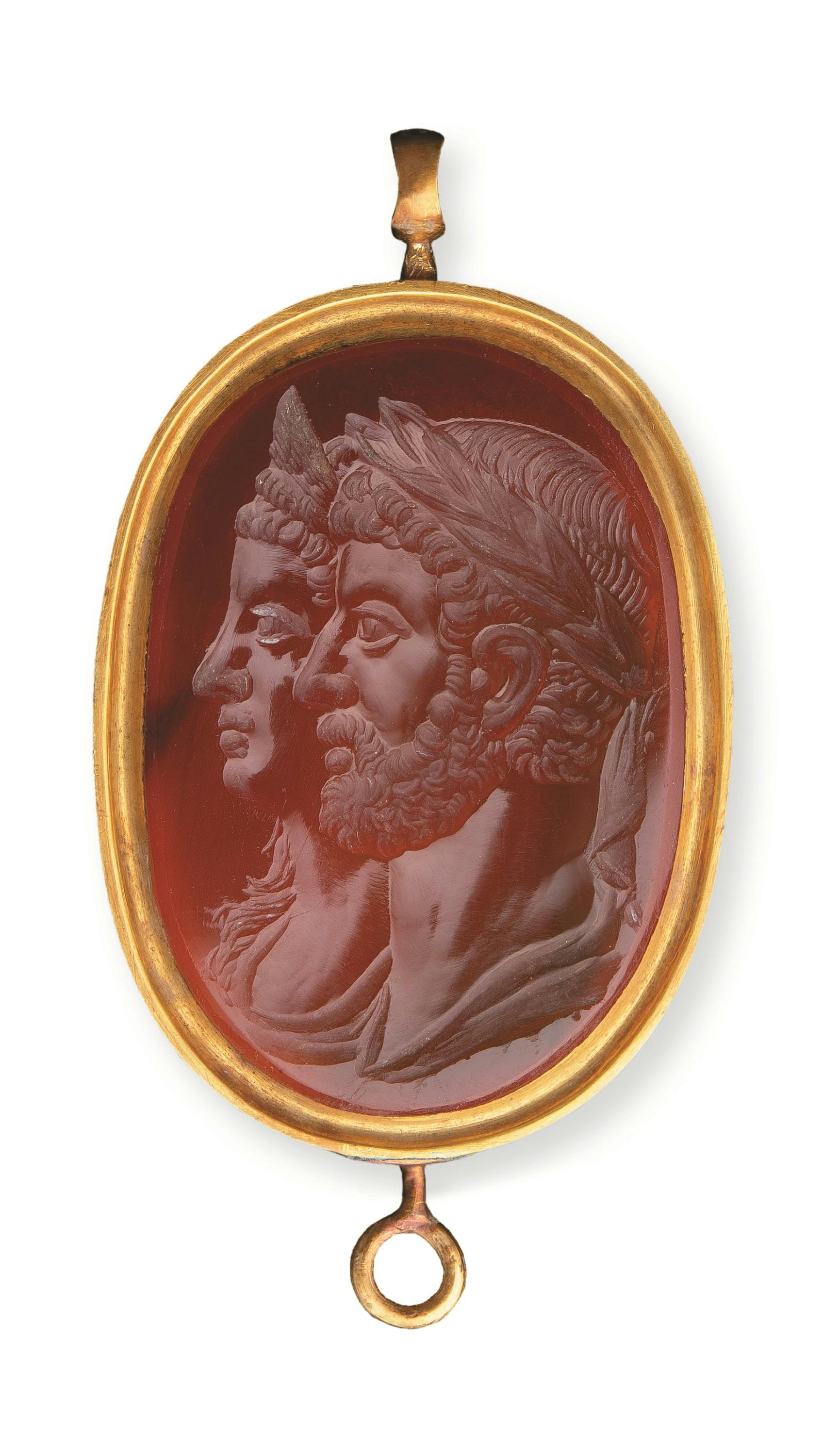Antoninus Pius and Faustina the Elder
Italian workshop
The carving, which can be dated to between the 16th and 17th centuries, was modeled on a gemstone or, perhaps an ancient coin displaying the busts of emperors Antoninus Pius (138-161 AD) and Faustina the Elder side by side.
The proposed image is perfectly in line with the Antonine domus Augusta propaganda, based on the harmony of the imperial couple, guarantors of the empire’s peace and prosperity. In the modern intaglio, the sovereign is shown in the foreground, in profile, bearded as always, following the example of his predecessor Hadrian, and adorned with a laurel wreath. The face of his wife appears in the background, also in profile, distinguished by the high diadem that characterized her image after her death and her immediate consecratio - the elevation to diva - in 141 AD, just a few years after her husband's accession to the throne. He was therefore able to propose her as the patron deity of the imperial family for almost the entire duration of his time as prince. The only discordant feature with respect to the antique model is the detail of Faustina’s loose hair falling over her right shoulder, in contrast with the empress's typical hairstyle, in which the hair was gathered into a "tower" turban, a veritable symbol of the moral rigor that her figure was meant to convey.
